CBM NTD Annual Report:
More People Treated for NTDs in 2021
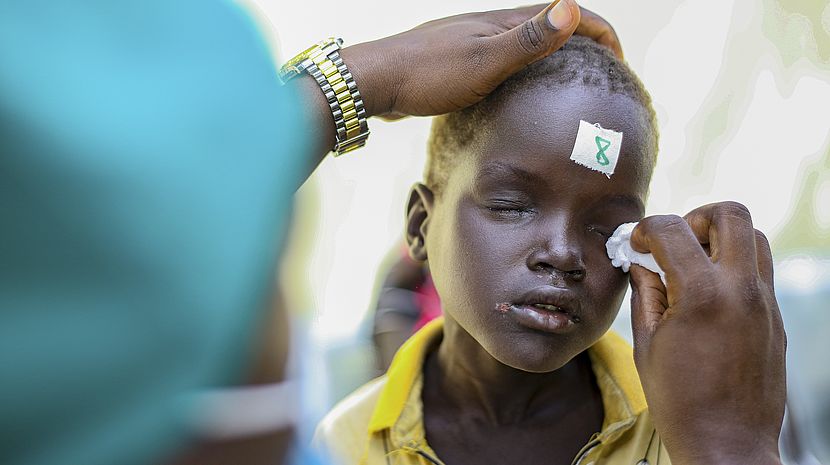
Trachoma control in South Sudan
©CBM/Igwala
Neglected Tropical Diseases affect more than one billion people worldwide, most of whom live in developing countries.
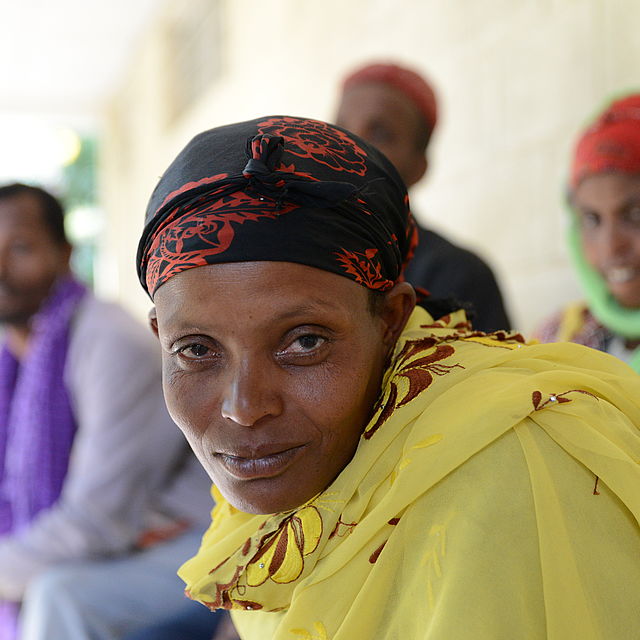
This past year has been one of progress and innovation in which the Inclusive Eye Health and Neglected Tropic Diseases Initiative has been working in some of the most challenging regions of the world. We have been playing our part in the acceleration of NTD elimination by moving from a regional approach to a national one. An example of this is our work in Nigeria where we have made a commitment to support four states to accelerate onchocerciasis and lymphatic filariasis prevention and treatment. We are also on the cusp of being able to say that Burundi is trachoma free thanks to our collaboration with the health authorities and partners in the country.
Dr. Babar Qureshi
Director,
Inclusive Eye Health Initiative, CBM
More from our report
CBM NTD Programmes 2021
-
270 million Drug Treatments 2017-2021
-
8 million People received health promotion education
-
176,000 Health workers trained in NTD activities
-
10,000 WASH Improvements
Neglected Tropical Diseases (NTDs) are a diverse group of communicable diseases that prevail in tropical and subtropical conditions in 149 countries – affecting more than one billion people and costing developing economies billions of dollars every year (WHO).
Democraric Republic of Congo (DRC)
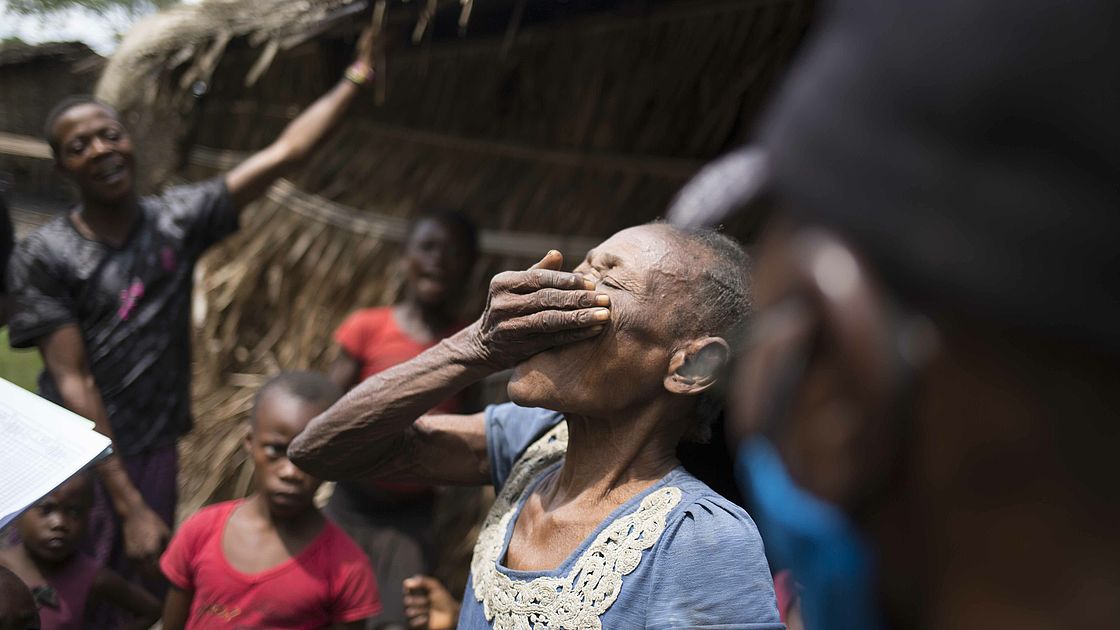
CBM
Onchocerciasis (River blindness) in the Gboko Health Area of North Ubangi in the DRC is still devasting communities. Despite several years of treatment with ivermectin to control the parasites which carry the infection, there is evidence that transmission is ongoing and that additional measures are needed to eliminate the disease which causes blindness and associated epilepsy. CBM has been supporting NTD programmes in the DRC since 1989, first through the African Programme for Onchocerciasis Control and now, for the last five years, by directly supporting the national NTD programme.
Nigeria
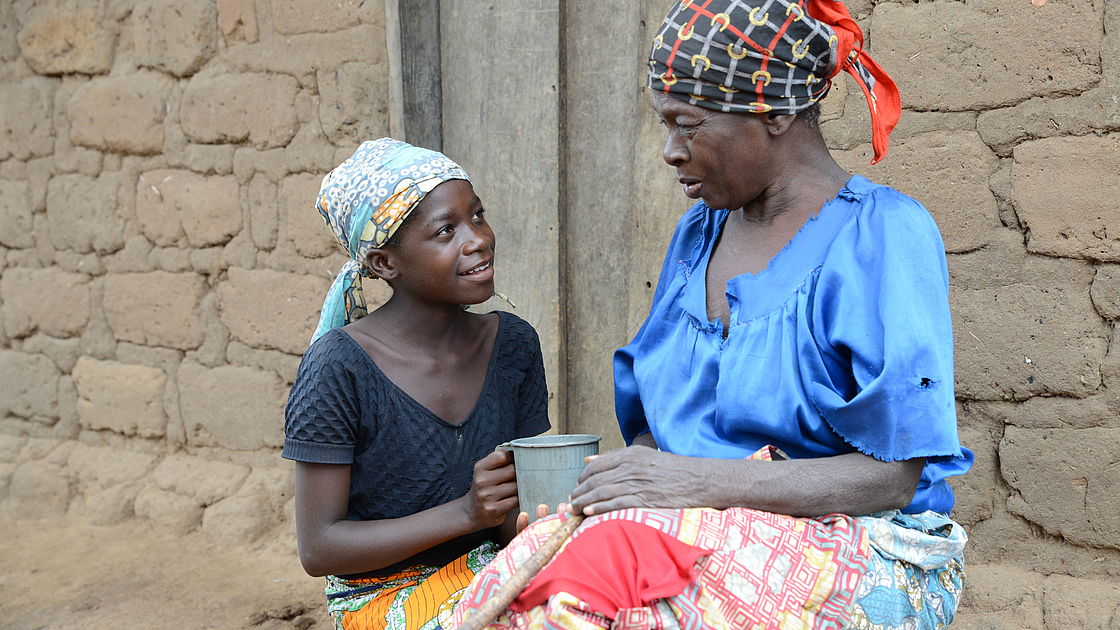
©CBM
CBM scaled up support for the elimination of onchocerciasis and lymphatic filariasis in Nigeria, the country with the highest number of people affected by onchocerciasis in the world. Over 80 million people in 438 local government areas need treatment. Whilst significant progress has already been made in some states, a gap analysis commissioned by CBM revealed that Bayelsa, Ogun, Oyo and River states need additional support to accelerate elimination. CBM has, therefore, committed to supporting these four states, which have a combined population of over 23 million people.
Burundi
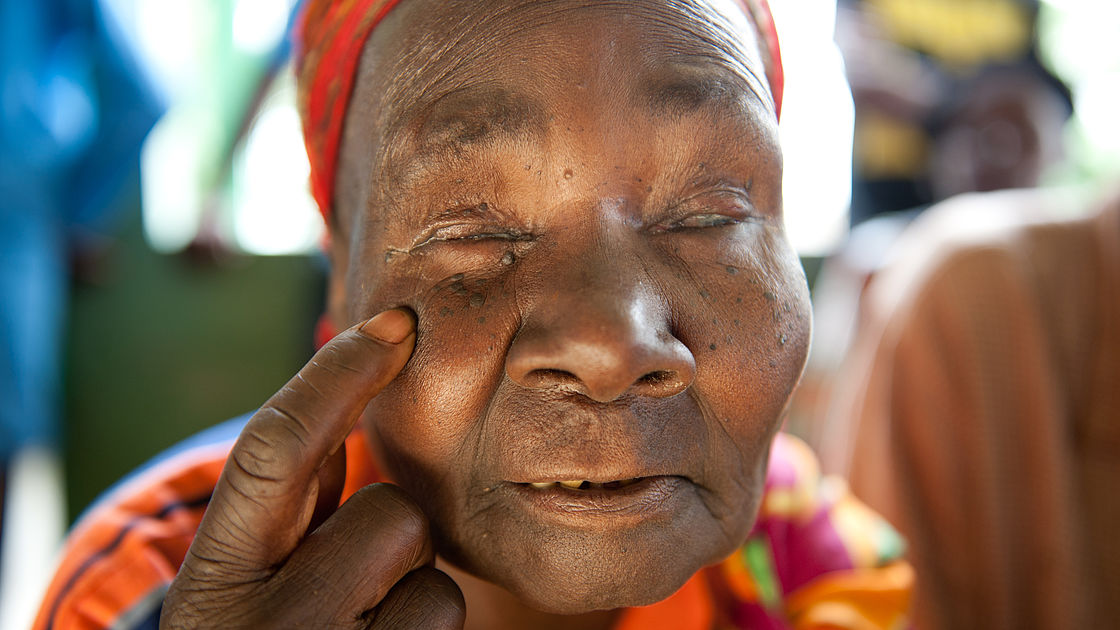
CBM/Farmer
There is also an update on progress towards trachoma elimination in Burundi. The collaboration has now led to a cessation of mass drug administration (MDA) treatments and the preparation of the documents necessary to submit to the WHO for validation. The total number of people treated for NTDs in 2021 in Burundi with CBM support is 3.2 million.
CBM supported measures to prevent trachoma among school children in Sindh, Pakistan, where WASH clubs were set up in schools to spread the word about the importance of hygiene in preventing disease.
It is the people on the ground doing the work who provide the most compelling testimonies, and the NTD Annual Report includes stories from CBM's NTD Coordinator in Ethiopia and our Trachoma Officer in South Sudan, both of whom share the challenges and joys of their work.
Our Head of NTD, Girija Sankar, shares her impressions from a trip to the Democratic Republic of Congo, reflecting on exactly where the last mile is on the road to NTD eradication and how she rides through the floods on the back of a motorbike.
Lastly, our two working students Ope and Yodit, who are great assets to the IEH team, tell us what they have learned during their year at CBM.